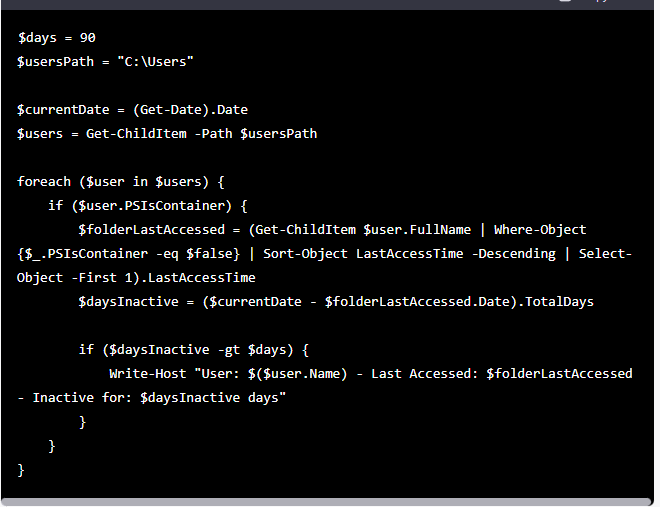- Master Arif
- +44(0)7790029002
- me@arifullah.com
Disable Private Browsing in Internet Explorer, Chrome
Disable Private Browsing in Internet Explorer, Chrome
Disable InPrivate Browsing in Internet Explorer
If your version of Windows has Group Policy Editor, type gpedit in Run box and hit Enter to open it. Navigate to the following setting:
Computer Configuration > Administrative Templates > Windows Components > Internet Explorer > Privacy.

In RHS pane, double-click Turn off InPrivate Browsing, and select Enabled. Click Apply/OK.
This policy setting allows you to turn off the InPrivate Browsing feature. InPrivate Browsing prevents Internet Explorer from storing data about a user’s browsing session. This includes cookies, temporary Internet files, history, and other data. If you enable this policy setting, InPrivate Browsing is turned off. If you disable this policy setting, InPrivate Browsing is available for use. If you do not configure this policy setting, InPrivate Browsing can be turned on or off through the registry.
Alternatively, you could type regedit in Run box and hit Enter to open the Registry Editor. Navigate to the following key:
HKEY_CURRENT_USER\Software\Policies\Microsoft\Internet Explorer\Privacy
Create a new DWORD value and name it EnableInPrivateBrowsing. Set it to 0.

To re-enable InPrivate Browsing, change its value to 1 or delete the EnableInPrivateBrowsing key.
Chrome
The steps to do this task on Chrome is a little bit difficult. But, it can be done.
-
- Go to this URL.
- Click on the Windows and Linux option.
- Download the zip file (first link) and unzip it.
- Open Run command (Shortcut: Windows key + R) and type gpedit.msc (to open Local Group Policy Editor).
- Right-click the “Administrative Templates” under the “Computer Configuration”.
- Select “Add/Remove Templates….” option.

- In the popup, click on “Add” button.
- Now go to the following location:
policy_templates (the file you’ve downloaded and unzipped) > windows > adm > en-us
-
- You can see the chrome.adm file. Select it and click on “Open” button.
- Close the popup and you can see Classic Administrative Templates (ADM) now in the right pane.
- Select the following:
Classic Administrative Templates (ADM) > Google > Google Chrome
-
- Now you can see a lot of settings. Find and open “Incognito mode availability”.
- Select “Enabled” radio button.
- In the “Incognito mode availability” drop-down list, select “Incognito mode disabled”.

- Click on Apply and OK buttons to apply changes.
Now you can see that the incognito mode is gone from Chrome browser. No method will open incognito mode anymore.

If you want the chrome incognito ever, then follow the below steps:
-
- Just follow the above steps and go to the “Incognito mode availability” settings again.
- Select “Not Configured” radio button and apply the changes.

-
Ref : https://www.technologyhint.com/disable-private-browsing/ & https://www.thewindowsclub.com/disable-private-browsing-internet-explorer-chrome-firefox

